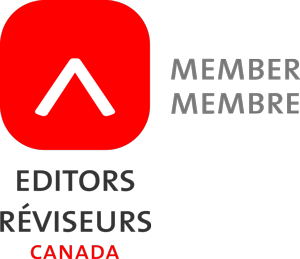Which dashes to use where is a subject of much annoyance and confusion to many writers. Most of us know that there are three common kinds of dashes, but how do we know when to use each of them properly?
First, there’s the hyphen (-). The smallest member of the dash family, it’s used primarily for—rather obviously—hyphenation of compound words. If you follow this simple rule, you can’t really go wrong. It’s also used to separate numbers (such as in a phone number), or to separate letters in a word that is spelled out (H-Y-P-H-E-N). Try to avoid hyphens in URLs; they can create ambiguity at line breaks.
The second-longest dash is called an en dash (–). In the olden days of typesetting, this was considered the length of the letter n. The main use of an en dash is to connect numbers and indicate ranges, including date ranges (1943–2006) and page ranges (pp. 167–179). The Chicago Manual of Style – 16th Edition, says, “In this use it signifies up to and including (or through). For the sake of parallel construction the word to, never the en dash, should be used if the word from precedes the first element.” The same goes for and and between.
The en dash can also be used with spaces on either side to serve in place of a comma or brackets, as a pause in the sentence, or to insert and amplify or explain a related idea. This is British style, however, and not recommended by Chicago (or me). I prefer the em dash—I think it simply is more aesthetically pleasing—but if you’re self-publishing it’s your choice. Publishing houses have their own style guides.
The third kind of dash is the aforementioned em dash (—), which is the longest, most common, and most versatile of all the dashes. In the olden days of typesetting, this was considered the length of the letter m. Use a pair of em dashes in the same way I described in the preceding paragraph—to amplify or elaborate on a related idea in a sentence. In dialogue, use an em dash in particular to indicate when the speaker is interrupted or when there is a sudden break in the speaker’s idea or sentence structure. Use an ellipsis, three separated dots (. . .), only when the speaker’s voice is trailing off.
Both the en and em dash can be found in “Symbols” under the Insert menu in Microsoft Word. When editing by hand (not on screen) a carat mark can be used with the letter “N” or “M” above it to indicate the insertion of this mark.
Finally, you may have noticed that you can’t make the en or em dash in your e-mails. Some computer software and most e-mail programs simply do not allow for their use, so I usually resort to using two hyphens in a row — with spaces on either side — to indicate a longer dash. Confession: I’ve been known to copy and paste em dashes from MS Word into my e-mails simply to look more “editorly.”


